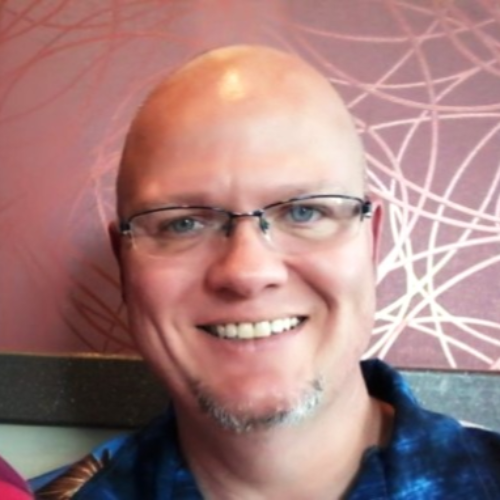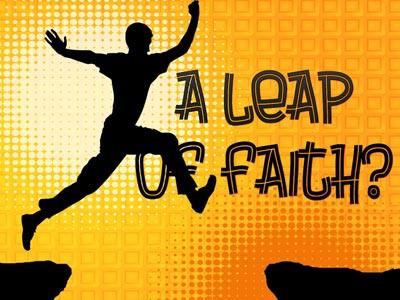-
Exercising And Exorcising
Contributed by D. Dewaine Phillips on Jan 8, 2025 (message contributor)
Summary: In this passage, we see two blind men who had to "exercise" their faith to receive their sight. However, we see another kind of exercise in this passage; or rather, “exorcise,” as Jesus exorcised a demon from a man who was mute.
You have probably heard someone say before that we need to “exercise” our faith. In Hebrews chapter 12, we read, “Let us run with endurance the race that is set before us, looking unto Jesus, the author and finisher of our faith” (Hebrews 12:1b-2a). Jesus is both the author and finisher. He is the one who both puts us on the starting blocks and helps us cross the finish line; so long as we keep our spiritual eyes fixed on Him. The race that we run is a faith race, and we need to exercise our faith if we want to cross over into victory.
Down in the same chapter of Hebrews, we read, “Strengthen the hands which hang down, and the feeble knees, and make straight paths for your feet, so that what is lame may not be dislocated, but rather be healed” (Hebrews 12:12-13). When a person’s hands are left unused, they can lose their strength; and unused legs can lead to weak knees. This is called “muscular atrophy.” Strengthening the hands and knees (v. 12) is weight training and resistance exercise. Making straight paths (v. 13) is a running program, and equates to weight bearing exercise; and both kinds of exercise are needed to become stronger physically.(1)
In addition to physical exercise, we also need spiritual exercise; and in our passage today, we will see two blind men who had to exercise their faith, to cross the finish line of healing and receive their sight. Also, as a play on words, we will see another kind of exercise; or rather, “exorcise,” as in the exorcism of demons. So, if you are intrigued, let us go ahead and begin looking at this passage, starting with verses 27-31:
The Exercising of Faith (vv. 27-31)
27 When Jesus departed from there, two blind men followed Him, crying out and saying, “Son of David, have mercy on us!” 28 And when He had come into the house, the blind men came to Him. And Jesus said to them, “Do you believe that I am able to do this?” They said to Him, “Yes, Lord.” 29 Then He touched their eyes, saying, “According to your faith let it be to you.” 30 And their eyes were opened. And Jesus sternly warned them, saying, “See that no one knows it.”
In verses 27-31, we see healing through exercising – the exercising of one’s faith, that is. In verse 27, we read that, as Jesus left the house of Jairus, two blind men followed Him; but Matthew does not tell us why they were blind. “Blindness was sometimes a punishment for disobedience (1 Samuel 11:2; Jeremiah 39:7); sometimes the effect of old age.”(2) And, sometimes people were simply born blind. “Blindness was a distressingly common disease in [ancient] Palestine. It came partly from the glare of the eastern sun on unprotected eyes, and partly because people knew nothing of the importance of cleanliness and hygiene.”(3) “The records state that Jesus healed at least six blind men, and each case was different.”(4)
We also see in verse 27 how the two blind men cried aloud, “Son of David, have mercy on us!” “This was the same as if they had called him Messiah.”(5) It was the “opinion at this time in Judea, that the Messiah should be Son of David; that Jesus Christ was . . . acknowledged as coming from this stock,”(6) or this bloodline. “For centuries the Jews had awaited the promised deliverer of David’s line, the leader and the commander who would not only restore their freedom, but who would lead them to power and glory, and greatness, and world conquest. It was in that way that these blind men thought of Jesus; they saw Him as the wonder-worker who would lead the people to victory, to freedom, and to conquest.”(7)
Verse 28 states, “And when He had come into the house, the blind men came to Him.” According to commentator Adam Clark, it was “the house of Peter at Capernaum, where He ordinarily lodged.”(8) Notice how Jesus refused to acknowledge them or heal them out on the street. It could have been that He did not want to draw attention to the fact that He was indeed the Messiah, which I will talk about more in a moment. But maybe Jesus wanted these two men to come to Peter’s house to have a more intimate encounter with the Savior; to have a “one-on-one” with Him. Allow me to share an observation made by commentator William Barclay.
He says that Jesus “did not answer them in the streets; they had to come to Him in the house. It is the law of the spiritual life that, sooner or later, a man must confront Jesus alone. It is all very well to make a decision for Jesus on the flood-tide of emotion of some great gathering . . . But after the crowd, a man must go home and be alone; after the fellowship he must go back to the essential isolation of every human soul; and what really matters is not what a man does in the crowd, but what he does when he is alone with Christ. Jesus compelled these men to face Him alone.”(9) It is a common experience for a person to kneel at their bedside before kneeling at the altar; to know Jesus through private prayer before publicly confessing Him as Savior and Lord.

 Sermon Central
Sermon Central



